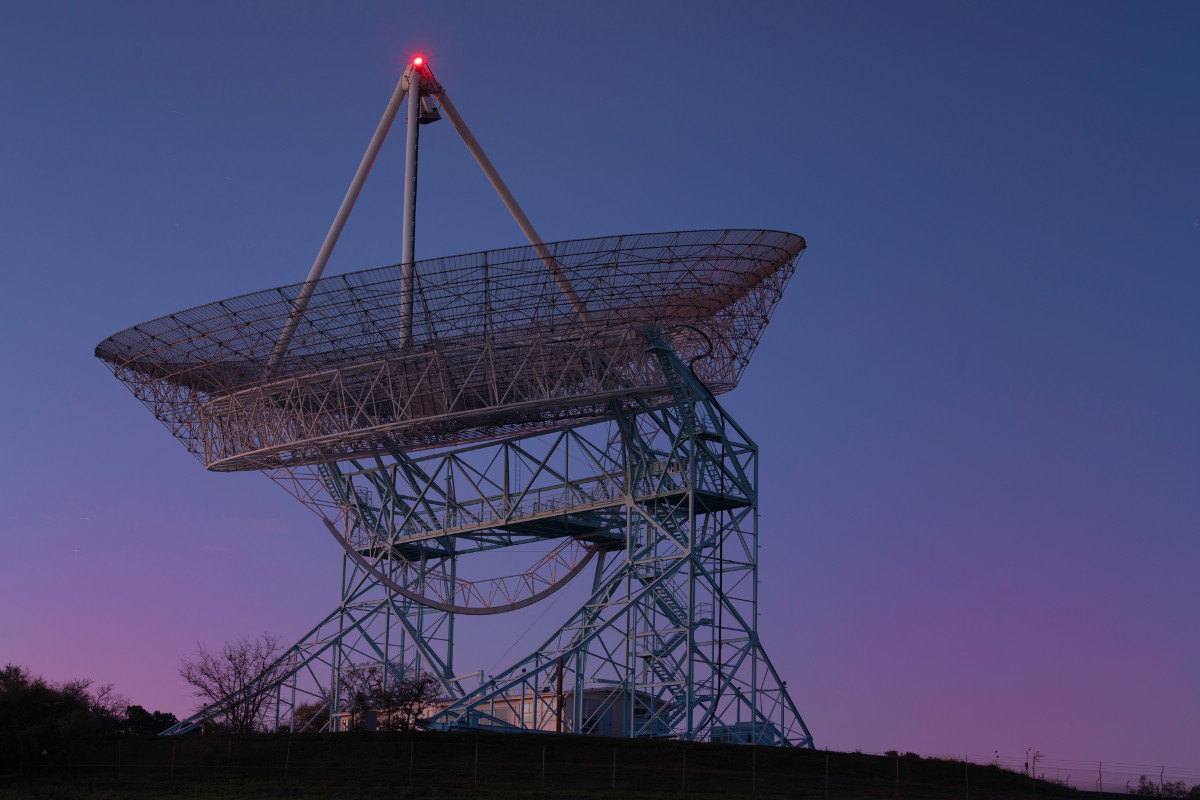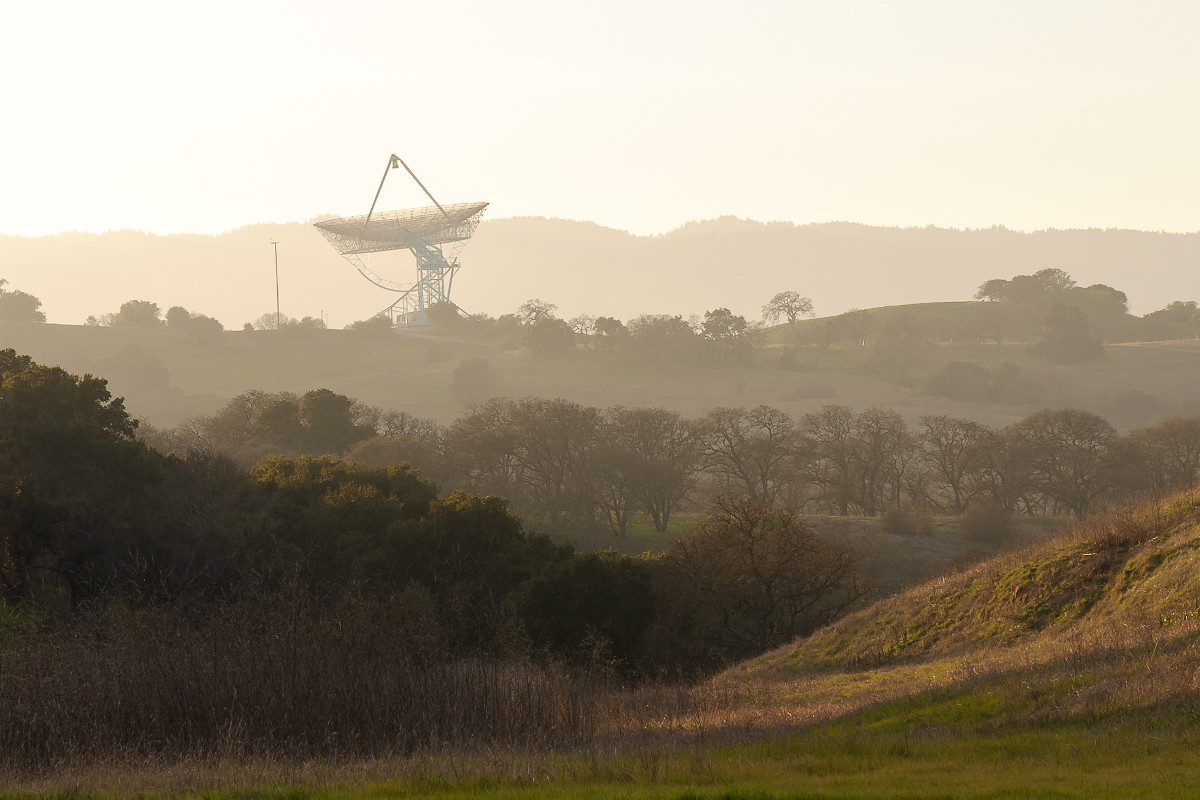Should I Go To Insight Data Science?
Update: Insight has significantly changed its funding model. I have added a note to the section Insight is Free, but EXPENSIVE.

Following Neha’s advice about writing a blog post for any email that you’ve written over and over, I thought I’d answer a question I get often: “I’m trying to get a job in data science; should I attend Insight?”
I’m qualified to answer this question because during the summer of 2015 I was an Insight Fellow in the data science track (DS-SV-2015B). That, of course, is also my bias: I found my current and previous job through Insight, made a bunch of friends, and am happy with the experience in general. I am also a technical adviser, meaning I mentor Fellows weekly in exchange for a small bit of equity in the company.1
What is Insight?
Insight is a program to help people find jobs in data science related fields. Their initial program was the data science track—which I will discuss in the remainder of this post—but they have expanded to cover various other data-related fields as well. The data science program is offered in multiple cities: Boston, New York, Seattle, Toronto, and the Bay Area. There is also a remote session that is entirely online. They accept only PhDs, mostly from technical fields but also a few other technically minded folk with liberal arts PhDs. Each program runs for about three months and at the end you will (ideally) have a job.
What Would I Do There?
Insight isn’t like graduate school. While there are a few talks covering a variety of useful topics—SQL, startups and equity, tech interviews, etc.—the majority of the learning is project based. You pick a project and then spend a few weeks (feverishly) working on it, learning by doing and by talking to the people around you. If you are interested in seeing what one of these projects looks like, I wrote about mine in detail: WhereTo.Photo.
The program is structured as follows:
-
4 weeks of building a data project
-
3 weeks of demoing the project at various companies
-
3+ weeks of interviewing with companies you demoed at
During the first few weeks, companies come by to present what they do and why they need data scientists. After all the companies have presented you put together a list of the companies that you are interested in. You will get to demo at some, but not all, of them, because the number of people who can demo at any particular company is limited.
Over the next few weeks you show off your project at some of the companies that you selected (eight per Fellow during my session) in what Insight calls a demo. The demo consists of a short presentation about the project you built, a live demonstration of it, and a few minutes for questions. My demo slides are here if you want to see what that looks like.
Some of the companies you demo at will want to take the next step and interview you. When not demoing, you practice for those interviews and brush up on all the topics you are unsure of with the help of the other Fellows and mentors.
Throughout the program you receive guidance from a range of people:
-
Insight staff, who are often outstanding Fellows from previous sessions hired to lead the program.
-
Industry mentors, who have worked in data science for some time, such as myself.
-
Previous Fellows who come back to help teach the next generation, also such as myself.
-
The other Fellows who make up your session.
This last group shouldn’t be underestimated: you learn a lot from your peers as you ask each other for help with your projects. Everyone is an expert at something, and a novice at other things.
Why Should I Go?

Lots of Exposure
Insight is a great way to get a quick survey of about thirty companies in the area that are all hiring data scientists. I knew of the big name companies in Silicon Valley (Apple, Google, Facebook, etc.) but not really any of the medium or small companies. One of those small companies was the perfect fit for me and I spent two great years working there; I never would have found them without Insight to make the introduction.
A Killer Network
Insight is also a great way to build a professional network. There are over fifteen hundred alumni scattered all across the country. Friends from my session now work at a wide variety of companies, including: AdRoll, Airbnb, Facebook, Google, Instagram, Intuit, Kabaam!, LinkedIn, Netflix, Salesforce, SambaTV, Silicon Valley Data Science, Stitch Fix, and VEVO.
This network is incredibly valuable—it is how I found my second job—and it would have been hard to build without Insight.
Great Friends and Community
Finally, I’ve made great friends from among the people who went through Insight with me. This might seem like a minor point, but if you’re picking up your life and moving across the country it is great to have a group you can hang out with. I regularly go on bike rides, play board games, or just get dinner with the people from my session.
Sounds Great! What’s the Catch?
Insight is Free, but EXPENSIVE
Update: Insight has significantly changed its funding model since I wrote this article. They now require either a refundable upfront payment, or an income sharing agreement.
Insight doesn’t charge the Fellows anything, and they even offer a limited number of need-based scholarships to help cover expenses. Still, living without a job for three or four months is hard. Rent in the Bay Area will set you back around $2000 a month at least. My wife and I had a good amount of savings, but it was just about wiped out renting for three months without a second source of income. We did not have to fall back on our credit cards, but I know Fellows who needed to.
Insight is also not your employer, so you will have to get health insurance somewhere else. My graduate school insurance lasted over the summer, but this is not the case for everyone.
Not Everyone Finds a Job in Three Months
Insight says that the vast majority of Fellows find a job in the industry, and this is true, but they don’t promise that it will happen within the three months. Everyone in my session who stuck with it got a job that they loved in data science, but for a few of them it took a long time. About a third of my class had offers within a week or two, another third took about a month or slightly longer, and the last third dragged out over a few months with one or two of my friends taking more than four months. I’ve known Fellows in other sessions who spent six months interviewing before receiving an offer.
You Need to Know How To Code
Data scientists need to know how to work with data, but they also need to know how to code. A good grasp of at least one language is a must, and it would be very tough to pick up coding from scratch at Insight. If you can’t write FizzBuzz then you will have catching up to do. This is especially true for machine learning positions, which have interviews that more closely follow the “standard” developer interview pattern of writing code on the whiteboard over and over and over again.
Final Thoughts
I believe giving someone all the information they need to make an informed decision. That’s why I wrote this post. I think Insight is worth the costs, but I wanted to make those costs known ahead of time. In the end, I would go through the program again. It helped my career get off to a great start by finding the perfect first company for me. Could I have gotten a data science job without Insight? Probably, but the experience certainly would have been more painful, and I don’t think I would be as happy with the outcome because the network I built has really helped expand my possibilities.
-
For the record, they also buy me dinner when I come in to mentor after work. ↩